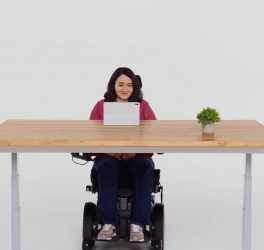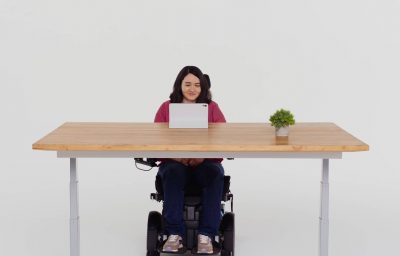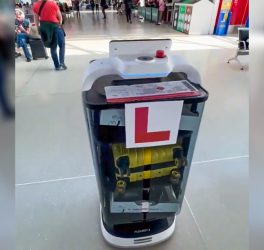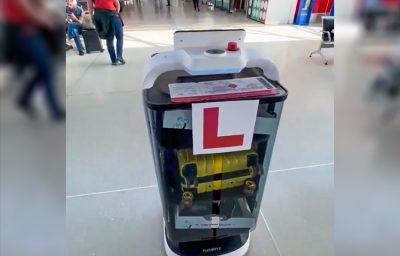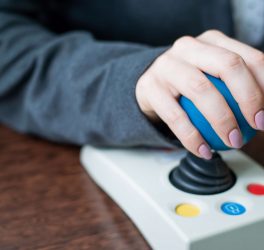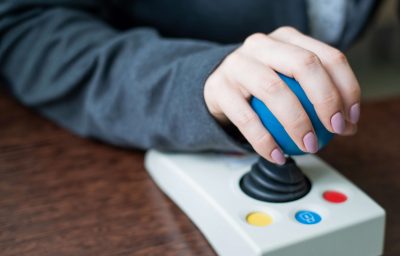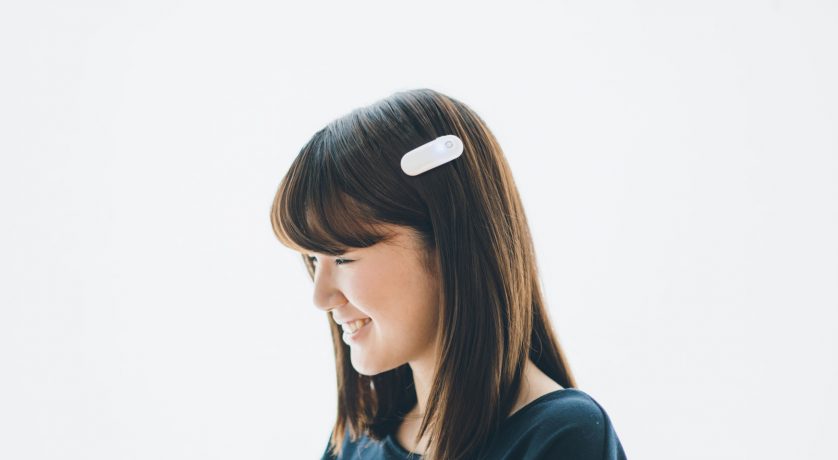
TOKYO – Major Japanese electronics makers have been rolling out products that help make life easier for people with hearing disabilities. Fujitsu’s new clip-on device that detects audio and enables people with hearing disabilities to feel sounds through vibrations and light will go on sale in July.
The Device is developed in collaboration with members of the deaf and hearing impaired community, Ontenna measures 6.5 centimeters in size and weighs 25 grams. Users can wear the device like a hairclip or an earring, or attach it to the collar or cuff. In real time, the device translates sounds detected by a built-in microphone into 256 different intensity levels of vibration and light, which indicates the loudness, rhythm and patterns of the audio.
By providing this service, Fujitsu aims to create a future that can be enjoyed by both hearing and deaf people.
Ontenna will be sold online at a cost of around 25,000 yen. The device is also expected to be used by those without hearing disability when watching sports, musical events and on other occasions.

